Internet, as a part of the history of human development, although has only lasted 50 years, it has exerted unprecedented superpowers, not only greatly improving productivity, but also further changing all aspects of human life and has become a must in life. This force will continue to lead the next era, forging a new digital future. Here, the real world will be highly overlapped with the virtual world of the Internet, where resources, hierarchy, identity, power, regulation, distribution, etc. will all be mapped in the next-generation Internet, commonly known as Web3. Computing power is energy, storage is land, code is the means of production, digital identity is the individual, and finally -- data will be your private property. The question is -- how to schedule and distribute all this, in order to adapt to the development of production relations under high productivity? It requires a new way of human organization coordination to operate, DAO is about to come out!
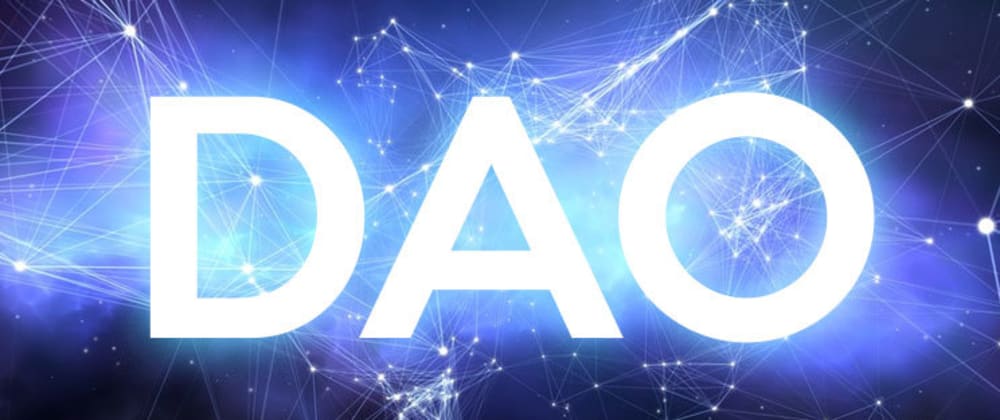
As a subsidiary product of blockchain to solve the trust issue between people, how will it enable scattered individuals in the information isolated environment to form a unified goal and contribute their value in a collaborative way? This provoking question raised a great vision, where web3 would completely overturn the Internet history.
DAO (full name Decentralized Autonomous Organization), a name full of Oriental Zen flavor, is based on the core idea of blockchain: It is a kind of organization form derived from the collaborative behavior of co-creation, co-construction, co-governance and sharing spontaneously generated by groups that reach the same consensus. US writer Ori Brafman is the first one proposed the concept. He wrote his book <the Starfish and the Spider>, which points out that the spider is centralized organization (cells), if its head been cut off, the entire organization could not survive. Yet the cells in starfish are equally decentralized to its body, each tentacle can grow to a full starfish itself. By contrast, starfish decentralized organizations will have strong vitality.
This concept was later applied to the exploration of social organization management, now known as the DAO. It keeps running through smart contracts and encodes transactions and rules on the blockchain to achieve openness, justice, and operate autonomously. The organizational relationships are defined as consensus by code, Code is Law here. Bitcoin was the first fully operational currency to have a far-reaching influence. Although no one cared about it at the beginning of its birth, today, the blockchain boom has been unstoppable. Even the recent decline in the price of the currency has not affected it in the slightest. It has become a popular topic after dinner. The success of Bitcoin also indirectly proves that the starfish-type decentralized organization can indeed be applied to the management of human social organizations, because the protocol itself is decentralized, and as long as there are participants in the network, it can continue to operate normally. Even today, people have mixed opinions on Bitcoin and few people discuss it from the perspective of DAO, but in any case Bitcoin is still one of the greatest inventions in the history of the Internet, as a new way of coordination, whose rules are written and executed by immutable logic, making an unbreakable order possible and having a profound impact on subsequent DAO organizations.
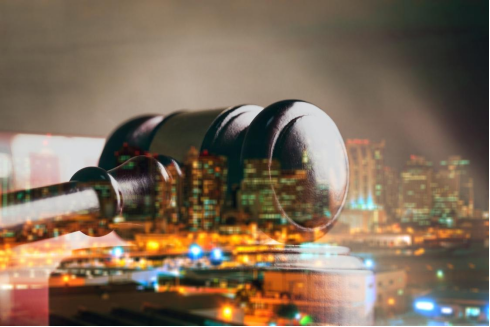
Among them, the most influential DAO in history is THE DAO. As the first DAO existing as an Internet entity for the purpose of financing, it started crowdfunding on April 30, 2016. In just 28 days, it crowdfunded more than 12 million Ethereum, worth about 150 million US dollars at the time, was almost 14% of The ethereum supply at that time. More than 11,000 people participated in the crowdfunding.
After that, THE DAO was quickly targeted by hackers. On June 17, 2016, the hackers used a recursive loophole in THE DAO code to continuously separate assets from THE DAO’s fund pool; then, the hacker took advantage of the second loophole of THE DAO to avoid the destruction of the separated assets. Under normal circumstances, The DAO's assets would be destroyed after being separated. However, before the end of the call, the hacker transferred the stolen assets of THE DAO to other accounts to avoid being destroyed. There are probably no more than 100 people around the world who are so familiar with THE DAO code and mechanism. Hackers exploited the two vulnerabilities and carried out more than 200 attacks, stealing a total of 3.6 million ETH, more than a third of the total amount of ETH raised by the project.
Affected by this event, the price of Ethereum plummeted by about 30% the next day. Afterwards, the Ethereum community had a heated discussion about the fork, which was definitely a tough decision for Ethereum.On the night of July 20, 2016, the hard fork of Ethereum was successful. After the fork, two chains were formed, one is the original chain, named Ethereum Classic, ETC; the other is a new branching chain, ETH, which each represents a different community consensus and values. The ETC side believes that what happened has already happened. The spirit of blockchain is that it cannot be tampered with. Once the ledger is formed, it should not be tampered with, which is a matter of principle; the ETH side believes that this is theft and an illegal act that must be cracked down on.
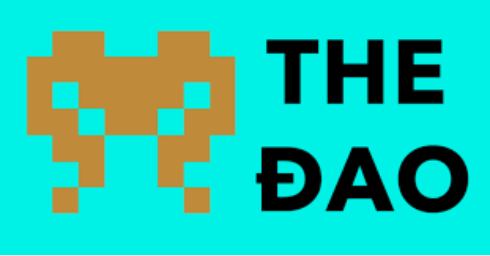
No matter what, THE DAO failed in the end, but it has to be said that this is a super cool attempt in the history of DAO. As V God later said when recalling the incident: "Some people are very concerned about purity and morality. Value, if it goes wrong once, it will go wrong forever. But I think over time, they will find that the Ethereum governance will become more and more stable and the project is moving forward!"
Yes, the wheel of history is always moving forward. We cannot always use failure as an excuse for inaction. The development of DAO has not stopped because of this. On the contrary, it has made more DAOs emerge! Examples include Aragon, Maker DAO, DAO Stack, Moloch DAO, etc. As of December 30, 2021, there were already 188 DAOs managing over $11.5 billion in assets and nearly 2 million members. These range from DAOs that help govern some of the largest encryption protocols, to smaller DAOs organized around causes such as investing, social communities, media, and philanthropy. Among them, there are 56 DAOs with a market value of more than $1 million, accounting for 33.9% of the market value of the track, and 8 DAOs with market value between $500,000 and $1 million, accounting for 4.8% of the track’s market value.
The essence of DAO’s ability to have such powerful vitality like a starfish is that it can bridge the gap between participants around the world around the same mission or goal, and achieve large-scale cooperation of capital and talents around the world in an instant. It dose not have a central node or a hierarchical management structure, but achieces organizational goals through interaction, competition ad collaboration among bottom-up network nodes. Business exchanges between nodes and between nodes and organizations are not determined by the traditional administrative subordination, but follow the principles of equality, voluntariveness, reciprocity and mutual benefit, and are driven by mutual resource endowment, complementary advantages and win-win interests. Each organizational node will cooperate effectively under the incentive mechanism of DAO according to its own resource advantages and talents, thereby generating strong synergistic effect.
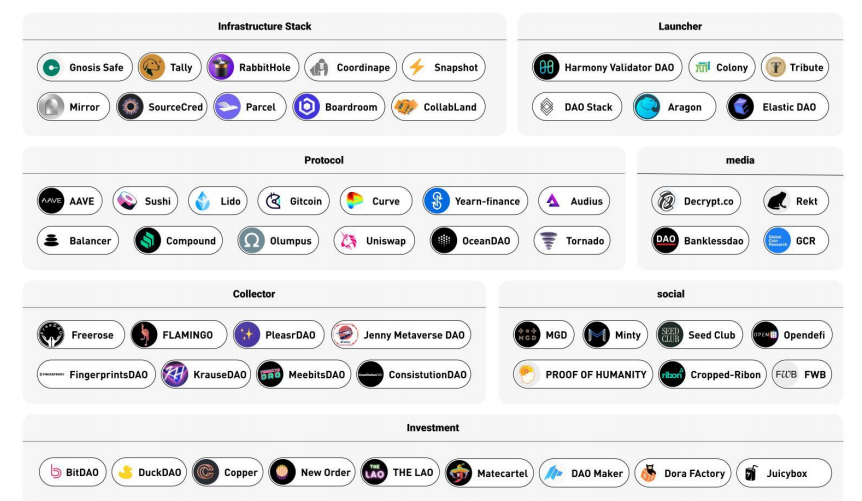
Up to now, DAO has gradually shifted from the exploratory stage to the practical application stage. It can be roughly divided into the following categories:
Funding DAOs, also known as Grants DAOs, are designed to fund organizations or individuals that build decentralized projects on the blockchain, similar to investing in DAOs. Gitcoin is a precursor to this model, funding critical open source infrastructure that might otherwise struggle to get funding. Likewise, large protocol projects like Uniswap, Compound, and Aave have specific Grants DAOs that allow community to vote on how to deploy their funds to support builders and developers for their own development.
Protocol DAOs, which shift power from the core team to the community, provide a new way for projects to issue fungible tokens to the market. The emergence of the protocol DAO is to give each user the right to vote on network decisions, instead of leaving every key decision to a small development team, governance tokens are usually issued to users to convey voting rights. Like MAKER, Sushi Swap, Audius, etc., any user can propose ways to improve the project, and token holders can vote on whether developers should advance the proposal.
Investing DAOs. After the development of non-profit DAO for a long time, DAO can also create financial returns, such as Bit DAO, Duck DAO, Metacartel, etc. Compared with Grants DAO, although investing in DAO has more legal restrictions, the birth of Investing DAOs proves the feasibility of a new investment model, that is, many people gather together, and the investment threshold will be lower for everyone, but the whole can invest more capital.
Service DAOs, which can reshape the way people work, allowing a global talent pool to work on their own time and take ownership in the networks they care about. While early service DAOs were crypto-focused, it is conceivable that traditional organizations could be replaced in the future. Service DAOs looks like online talent agencies that brings together strangers from around the world to build products and services. Most of the early service DAOs, such as Dx DAO and Raid Guild, focused on bringing together talent to build crypto ecosystems.
Collecting DAOs, which provide a fast and efficient way of capital formation, and is more transparent and fair, allowing all members to directly audit on-chain transactions. By injecting funds, they gain voting rights to invest in specific assets, such as the purchase of rare historical collectibles or professional sports franchises, and participate in co-creating a portfolio that aligns with their mission and investment goals. Consistution DAO, Pleasr DAO, Krause DAO, Flamingo, etc. are all excellent examples.
Social DAOs, which focus more on social capital than financial capital. Bring like-minded people together in online communities, to coordinate and organize engagement around tokens to create a valuable community together -- sharing insights, throwing meetups or big parties, unlocking access to the wider community, and more. Social DAOs are still in its infancy, and it takes time to understand and validate the effectiveness of individual model. Its rapid rise also indicates that it represents a powerful new form of social organization. Leading examples are Friends With Benefits, MetaGamma Delta, Minty, Proofof Humanity, Seed Club, etc.
Media DAOs, which aim to reshape the way content producers and consumers interact with media. The biggest difference from traditional media is that it redefines the rights of producers and consumers by encouraging contributions. The Bankless DAO is a prime example, where users earn money by producing content, researching, designing, translating, marketing services, and voting on key decisions that guide the DAO. In addition to Rekt, Global Coin Research, Dectypt, and more, media DAOs offers a compelling alternative that realigns the interests of readers and producers.
Throughout the DAO of the track, we will find that DAO has evolved a seemingly unreachable concept or ideal into a more specific and implementable project, and various application scenarios have emerged in different fields. At the same time, it is actively looking for new opportunities and tracks that can make it stand out in order to optimize the existing organization form and further improve the efficiency of collaboration between people.
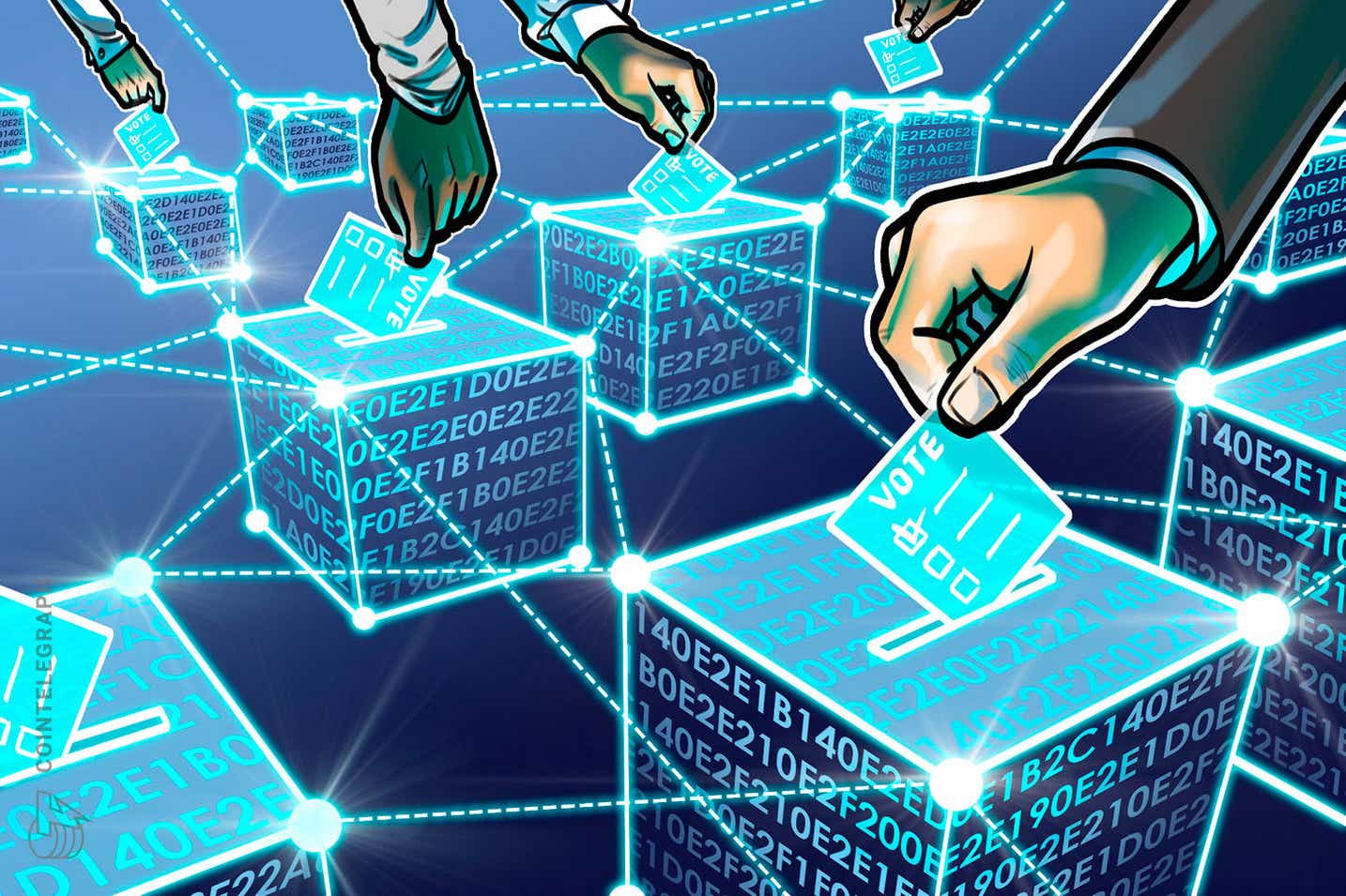
If you are an entrepreneur or company owner, and you are bold enough, then you can use the DAO approach within your own organization to try a certain sector of your business, such as new media operations, which should include content production, content publishing, community operations, performance monitoring, etc. Now, most of them are still a single behavior of the company. If possible, you can set it to be organized by more professional social organizations. Each member of the organization is both a participant in the organization and a decision maker by setting the DAO of operation mode, rewards and punishment mechanism and written into the code and run it. Once you have the experience, you can copy it to other teams to practice. Ultimately, whether your company is completely covered by DAOs or the two models complement each other depends on your actual business and how much internal force you put into DAOs.
If you're an ordinary employee, I believe that after so many years of work, you have already deeply realized that - at least in terms of labor collaboration, modes such as part-time work, flexible employment, and crowdsourcing have almost met the needs of existing company models, but you are still in the subsistence stage. Admittedly, this is not an ideal state! If the life you want is not a simple job or a part-time job to support your family, but a higher life and ideal, DAO may be your future. Because DAO can bring such people together, through the collision of ideas and the gathering of wisdom, to work together to do a greater and valuable thing for the same goal. I believe that on that day, you will definitely break away from the existing solidified circle and achieve more gains in the advancement of wealth. At least here, you can truly be yourself!
Of course, at present, DAO still has a certain threshold. At least at the this stage, people who can participate in DAO are those who have a certain vision and passion for DAO itself, and DAO is not the ideal system for everything. While DAOs can replace aspects of legal contracts with code and save significant operating overhead, in some cases there are no legal protection beyond the rules outlined in smart contracts that facilitate the DAO. This can be problematic if DAO’s control is centralized or ill-defined, although some DAOs may also form legal entities behind the DAOs themselves, this will take time and, conceivably, as long as Web3 will actually be achieved.
No matter what, it must be an exciting and great journey to awaken the unprecedented collaboration model in human history through DAO. Although the road is bumpy, I firmly believe that it must be a bright future for the humanity!
 Web3News
Web3News



